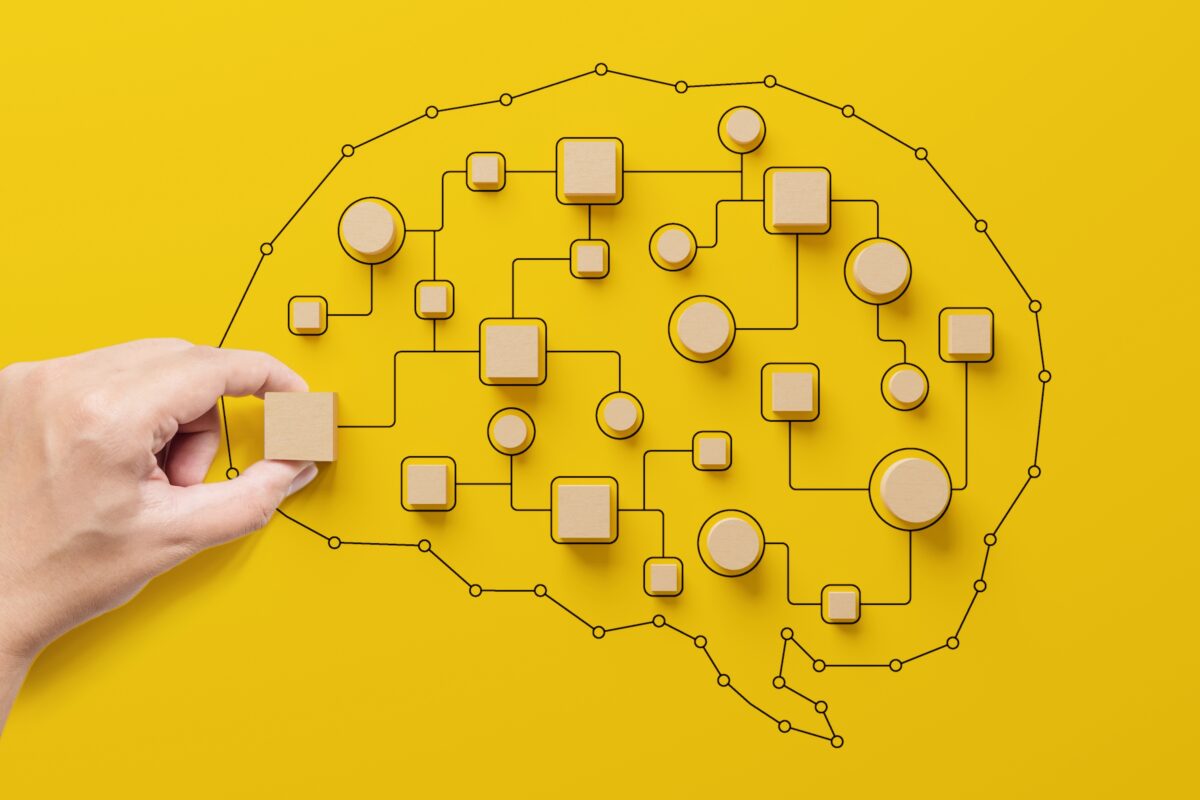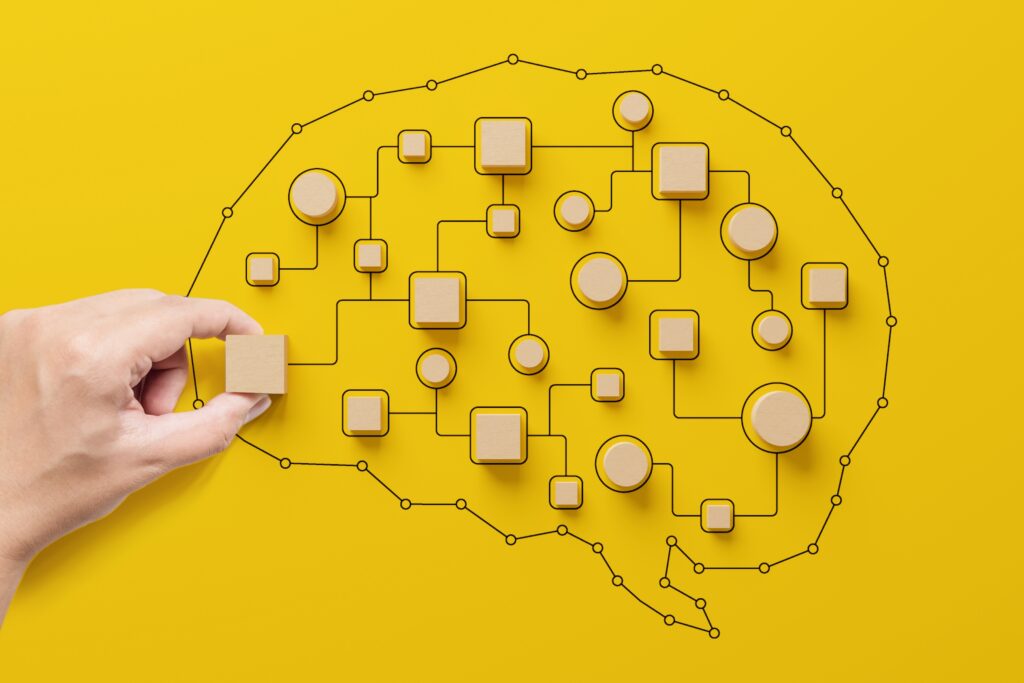
MIT Uncovers the Brain’s Ability to Map Locations Through Thought Alone
Scientists at the Massachusetts Institute of Technology (MIT) have discovered that thinking about a location or experience can trigger the brain’s cognitive maps. This happens without needing physical movement or sensory input. The research uncovers how the brain navigates mentally, offering fresh insights into learning and memory.

Note: This article is intended for general information and educational purposes. It summarizes scientific research in accessible language for a broad audience and is not an official scientific press release.
Cognitive maps are stored in the hippocampus and entorhinal cortex. These maps help us remember places we’ve been before. The new study, led by Associate Professor Mehrdad Jazayeri, shows that cognitive maps activate with thought alone, even without moving.
Mental Maps Triggered by Thought
Earlier studies have shown that the hippocampus and entorhinal cortex are essential for mapping physical spaces. However, most of these studies focused on physical movement. MIT researchers aimed to find out if cognitive maps could also activate through thought.
In their experiment, the team trained animals to use a joystick and navigate a sequence of images. These images appeared at regular intervals. Once the animals learned the task, the researchers observed their brain activity. They discovered that the same cognitive maps used for physical navigation were triggered during mental simulations, even when the images were no longer visible.
“We saw the map activate as the animal mentally navigated,” said Jazayeri. The team identified distinct activity patterns in the entorhinal cortex. These patterns occurred while the animals thought through the sequence of landmarks, even without moving.
Cognitive Maps Confirmed Through Behavior
The researchers needed to confirm whether the animals used cognitive maps or simply memorized the images. To test this, they introduced new image pairs the animals had never seen before. If the animals relied on memorization, they would struggle with the new pairs. However, the animals navigated the new pairs successfully on the first try, confirming the use of cognitive maps.
“The results were clear,” the study reports. “The animals mentally navigated between the new pairs immediately.” This proved that cognitive maps can function without physical movement.
Neurons Reveal Mental Navigation
As the animals mentally navigated, neurons in the entorhinal cortex displayed specific patterns of activity. The brain showed “bumps” of responses that matched the timing of the landmarks, even though the images were not visible. These responses followed the same rhythm as when the animals physically navigated earlier.
To better understand the process, the team created a computational model. Known as a continuous attractor model, it replicated the brain’s activity. The model showed how the brain can simulate sensory experiences from learned patterns, even without receiving actual sensory input.
Research Supporting Mental Maps
MIT’s findings align with other studies on mental simulations. In 2017, a study from University College London (UCL) showed that the hippocampus is also involved in “mental time travel.” This process lets people mentally simulate past or future events. UCL researchers found that the brain uses the same areas to imagine future events and navigate physical spaces. This suggests that cognitive maps help us think about both space and time.
In 2020, a study by Columbia University explored how cognitive maps aid social relationships. The study revealed that the hippocampus creates mental maps of social interactions. These maps help us predict social outcomes, much like how we navigate physical spaces.
Implications for Human Cognition
The MIT study provides new insights into how we use mental simulations for thinking and planning. It shows that cognitive maps can activate purely through thought. This suggests that mental navigation is key to how the brain organizes information.
The studies from UCL and Columbia University emphasize that cognitive maps are not just for navigating spaces. They also help us process time and social interactions. This could explain why people with hippocampal damage struggle with memory, social situations, and future planning.

MIT researchers now plan to explore how cognitive maps adapt to more complex environments. They will study how these maps form when landmarks are spaced unevenly or organized in new ways. The team also wants to investigate how the hippocampus helps with learning new tasks.
Applications for Memory and Learning
Understanding how cognitive maps work could lead to new methods for improving memory and learning. Cognitive training that focuses on mental simulation might improve memory recall and spatial navigation. This would be especially useful for those with Alzheimer’s disease.
Jazayeri noted, “We now have a clearer view of how the brain organizes information during mental simulations. This could help develop therapies for memory disorders and other cognitive problems.”
The team also believes these findings could impact artificial intelligence (AI). Many AI systems, especially those used in navigation and learning, are inspired by the brain’s cognitive maps. Understanding how these maps work could lead to more advanced AI systems that simulate environments and solve complex tasks without sensory input.
Future Research Directions
Looking ahead, MIT’s team will explore how cognitive maps work in different situations. They are particularly interested in how maps operate when landmarks are spaced irregularly or when navigating complex environments. The team also wants to learn how cognitive maps form in the brain and how learning changes this process over time.
This study marks a major step forward in understanding how the brain simulates the world around us. It provides valuable insights into memory, decision-making, and how we think about the future.
The information in this article is provided for informational purposes only and is not medical advice. For medical advice, please consult your doctor.














